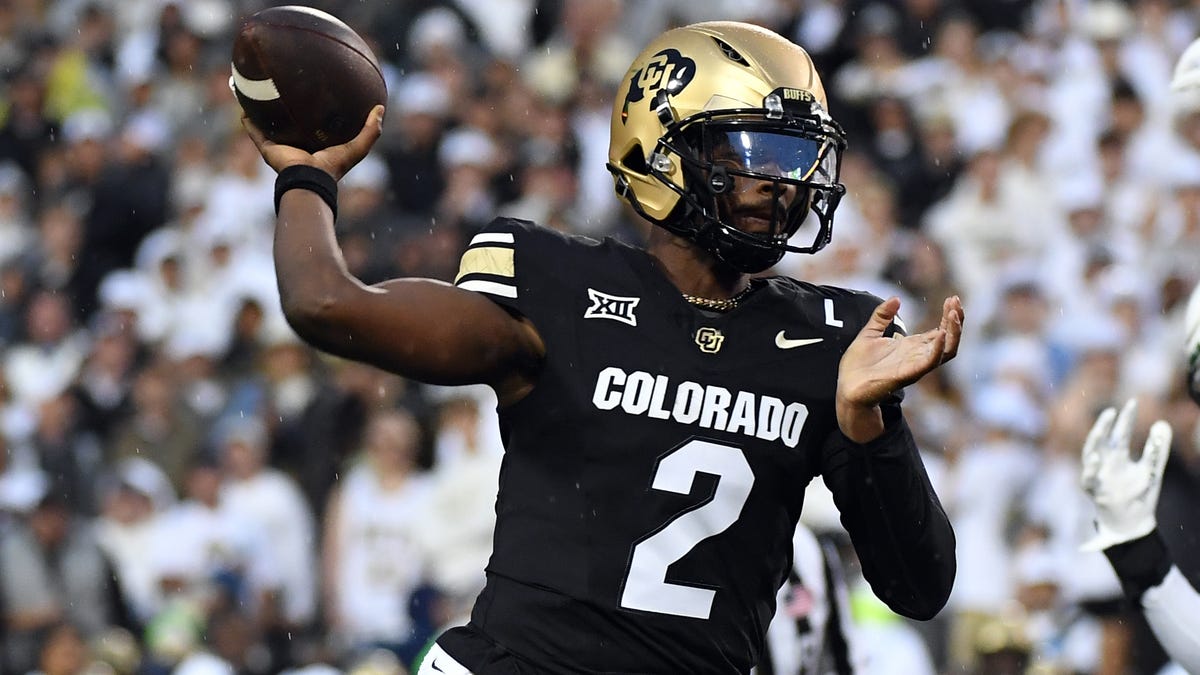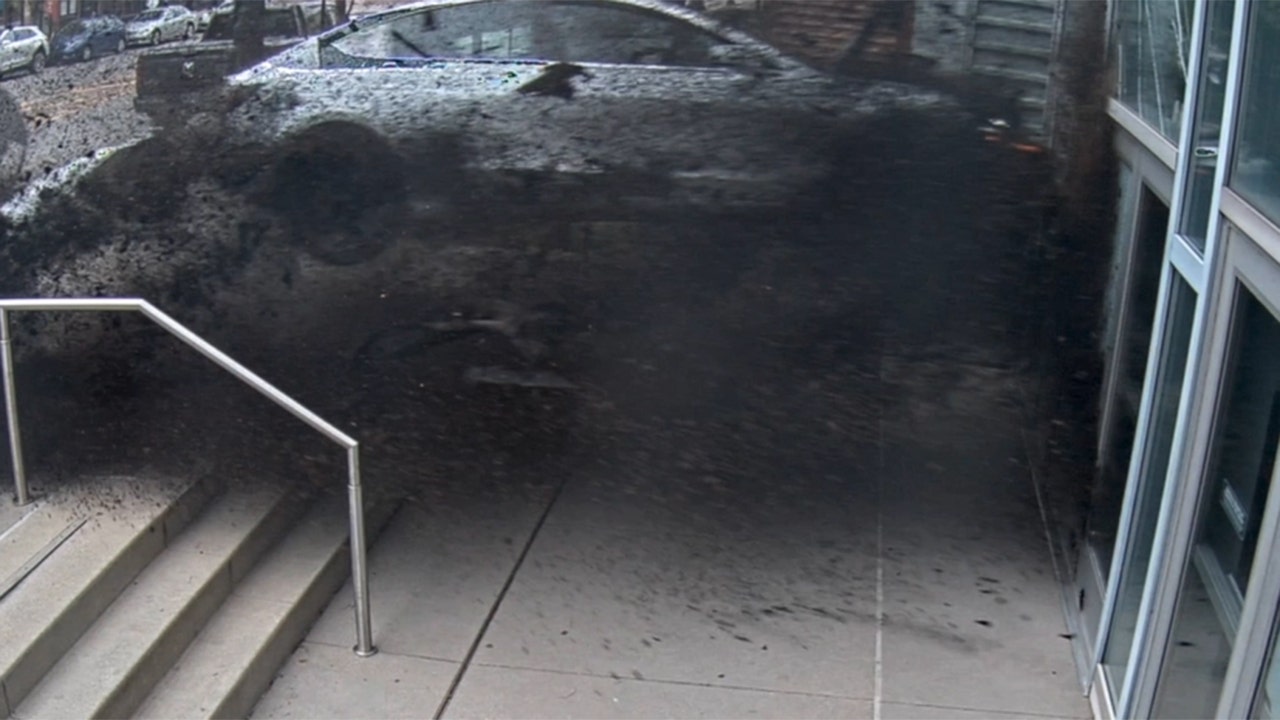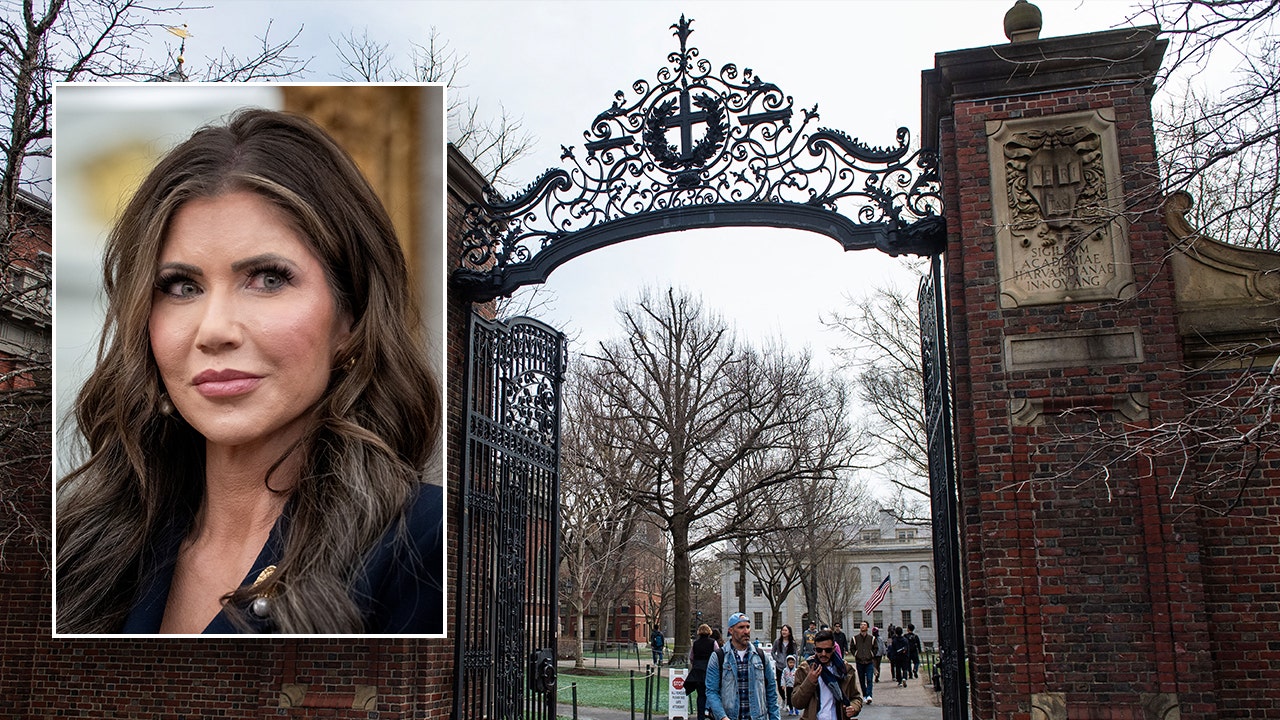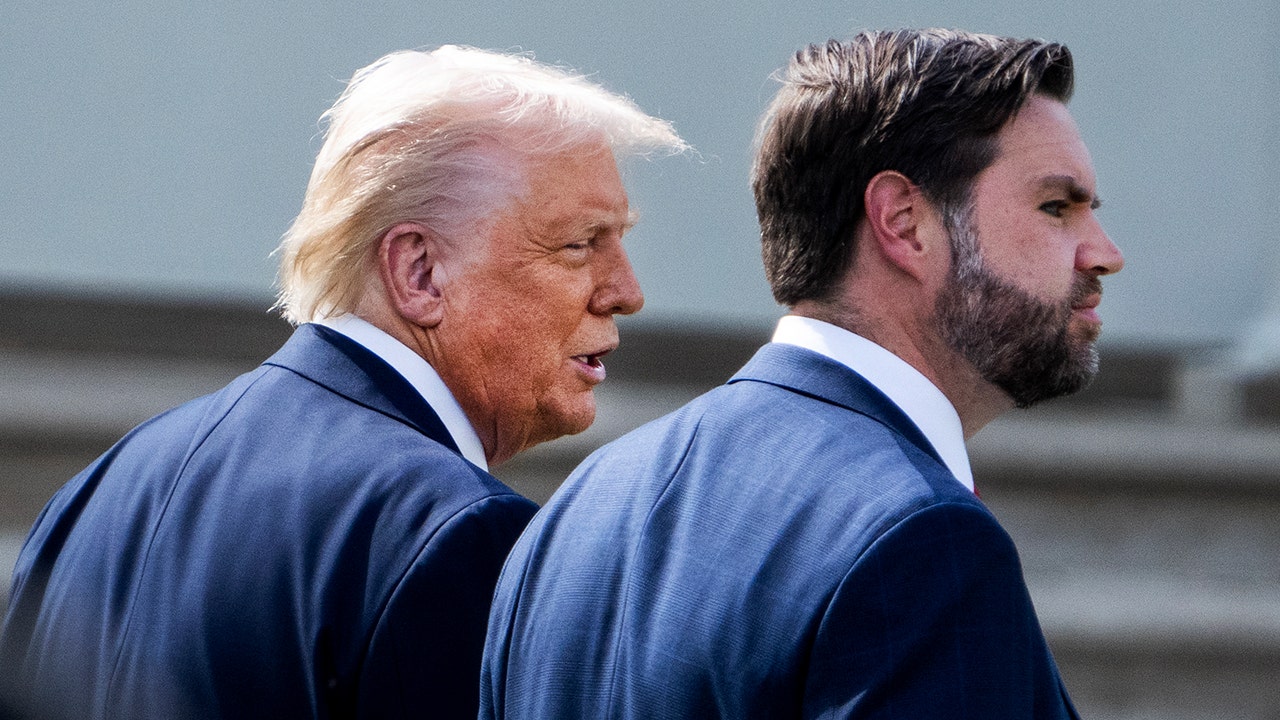Iowa
Iowa men’s basketball rolls in first game of foreign tour in Paris
/cloudfront-us-east-1.images.arcpublishing.com/gray/XYCAESWVBFHRBEKWAJA2WS7FRE.jpg)
CEDAR RAPIDS, Iowa (KCRG) – In their first chance to compete against another team since March, Iowa had no trouble defeated the Paris All-Stars 123-77 in the opening game of their foreign tour.
Eleven Hawkeyes scored in the win, with Ben Krikke and Payton Sandfort leading the way with 22 points apiece.
Copyright 2023 KCRG. All rights reserved.

Iowa
Nuclear USS Iowa sub calls to mind Ames’ role in the Manhattan Project | Opinion

Iowa State quietly saved the Manhattan Project, assured an Allied victory and forever changed history.
Watching the young men and women sailors scramble aboard the new USS Iowa submarine as ship sponsor Christie Vilsack announced, “Board our boat and bring her to life!” I wondered if they understood Iowa State University’s role in ushering in the nuclear age?
Did these sailors know Iowa State was the only university to receive the Army Navy “E for Excellence” banner after World War II?
At that moment I reminded myself to send the book, “Wilhelm’s Way — The Inspiring Story of the Iowa Chemist Who Saved the Manhattan Project” to the submarine commander of the nuclear-powered USS Iowa. I wanted him to know how an ISU chemistry professor changed world history.
To understand the story, you need to return to the end of 1941.
Theoretically, the idea of nuclear energy and a possible nuclear bomb had been conceived by physicists. However, to test the theory, thousands of pounds of pure uranium were needed to create the first nuclear bomb. Chemists at Westinghouse and prestigious universities had only created mere grams of not-quite-pure uranium. The newly established Manhattan Project was stalled, unless someone figured out how to purify uranium — and fast.
By February 1942, Iowa State’s head of physical chemistry, Frank Spedding, was contacted by the University of Chicago’s Manhattan Project team. He learned of the project’s numerous challenges, including the need for a process to purify uranium which required a special furnace. Fortunately, Iowa State had such a furnace and Spedding immediately brought in ISU professor Harley Wilhelm, a sharecropper’s son from southern Iowa, who understood chemistry and metallurgy. Though completely under-resourced in a ramshackle lab, Wilhelm began experiments to purify uranium.
Scientific innovation is not always pretty. Explosions and fires seemed routine in the Physical Chemistry lab that summer. But Wilhelm and a team of graduate students kept trying new approaches to purify uranium and learn from their failures.
By August 1942, the first glimmers of success appeared. A 20-gram piece of pure uranium was produced in the lab! The basic process worked. But could the process be made more efficient and larger?
By Sept. 23, Harley Wilhelm and team had done it. He boarded the night train to Chicago, carrying an 11-pound ingot of pure uranium to show the Manhattan Project leaders. Upon seeing this much pure uranium, the director’s “eyes bugged out and his jaw dropped,” according to Wilhelm. Could an Iowa State chemistry professor have accomplished what the best funded private and university labs in the nation had failed to achieve?
To test the claim, they asked Wilhelm to saw it in half to prove it did not have a cavity inside. The sawing resulted in a small fire but showed a pure solid mass of uranium. They sent a portion to MIT to confirm its purity. It was pure.
By November, the War Department signed a contract with Iowa State to produce pure uranium through Operation Quik Phix. In the next few years, the Ames facility, called “Little Ankeny,” delivered 2 million pounds of pure uranium to the war effort. Moreover, the Ames Process yielded pure uranium at a cost of $1.55 per pound, instead of the $1,000 per pound anticipated by Westinghouse, saving the government hundreds of millions.
With the War Department’s gratitude, Iowa State and Wilhelm both received the Army Navy “E for Excellence” banner. Iowa State had quietly saved the Manhattan Project, assured an Allied victory and forever changed history.
On the submarine pier, I listened with pride as Gov. Kim Reynolds and U.S. Rep. Mariannette Miller-Meeks recalled the previous versions of the mighty USS Iowa. When Christie Vilsack charged the crew to “bring her to life!” I knew the living heart of this nuclear-powered submarine beat with the pure-uranium-powered energy and science of Iowa State University and its brilliant professor, Harley Wilhelm. His story constantly reminds me of the importance of university researchers and their impact in times of war and peace.
Wendy Wintersteen is president of Iowa State University.
Iowa
Democrat launches Senate bid against Joni Ernst
Skip to content

Iowa
Cubs option top prospect to Triple-A Iowa amid flurry of roster moves

After a tough 10-4 loss at the hands of the San Diego Padres Monday night, the Chicago Cubs made a flurry of roster moves ahead of Tuesday night’s contest, including sending a top prospect down to Triple-A Iowa.
The Cubs announced they optioned Matt Shaw to Iowa and placed reliever Eli Morgan on the 15-day injured list with an elbow impingement.
In corresponding moves, the Cubs recalled right-hander Daniel Palencia and lefty Luke Little Iowa, while activating Vidal Bruján from the 10-day IL.
Additionally, right-hander Nate Pearson was also optioned to Iowa.
Cubs moves:
• 3B Matt Shaw optioned to Triple-A Iowa
• RHP Eli Morgan (elbow impingement) to 15-day IL
• LHP Luke Little, RHP Daniel Palencia recalled from Iowa
• RHP Nate Pearson optioned to Iowa
• INF Vidal Bruján activated from 10-day IL
— Jordan Bastian (@bastianmlb.bsky.social) April 15, 2025 at 5:34 PM
In 18 games to start his MLB career, 23-year-old Matt Shaw has gone 10-for-58 with 11 runs, one double and one home run with 10 walks.
As for Pearson, the option comes after a disastrous start to the 2025 season, with the righty posting a 10.38 ERA over eight appearances and 8.2 innings, allowing seven walks, 13 hits and 10 earned runs.
The Cubs will turn to Little and Palencia, both of whom have spent time with the big league club in each of the past two seasons.
In 37 career games, Little has amassed a 2.76 ERA in 32.2 innings with 22 walks and 40 strikeouts.
Palencia has also appeared in 37 career games, with a 5.02 ERA over 43 innings, recording 26 walks and 49 strikeouts.
The Cubs will look to hand the Padres their first home loss of the season Tuesday, with first pitch slated for 8:40 p.m. local time.
-

 Movie Reviews1 week ago
Movie Reviews1 week agoFilm Review: 'Warfare' is an Immersive and Intense Combat Experience – Awards Radar
-

 News1 week ago
News1 week ago3 Are Killed in Shooting Near Fredericksburg, Va., Authorities Say
-

 Health1 week ago
Health1 week agoAs RFK Jr. Champions Chronic Disease Prevention, Key Research Is Cut
-

 News1 week ago
News1 week agoBoris Johnson Has Run-In With Feisty Ostrich During Texas Trip
-

 World1 week ago
World1 week agoEPP boss Weber fells 'privileged' to be targeted by billboard campaign
-

 Technology1 week ago
Technology1 week agoMeta got caught gaming AI benchmarks
-

 World1 week ago
World1 week agoDR Congo repatriates three US citizens convicted over failed coup
-

 News1 week ago
News1 week agoTrump Asks Supreme Court to Let Him Fire Agencies’ Leaders


















